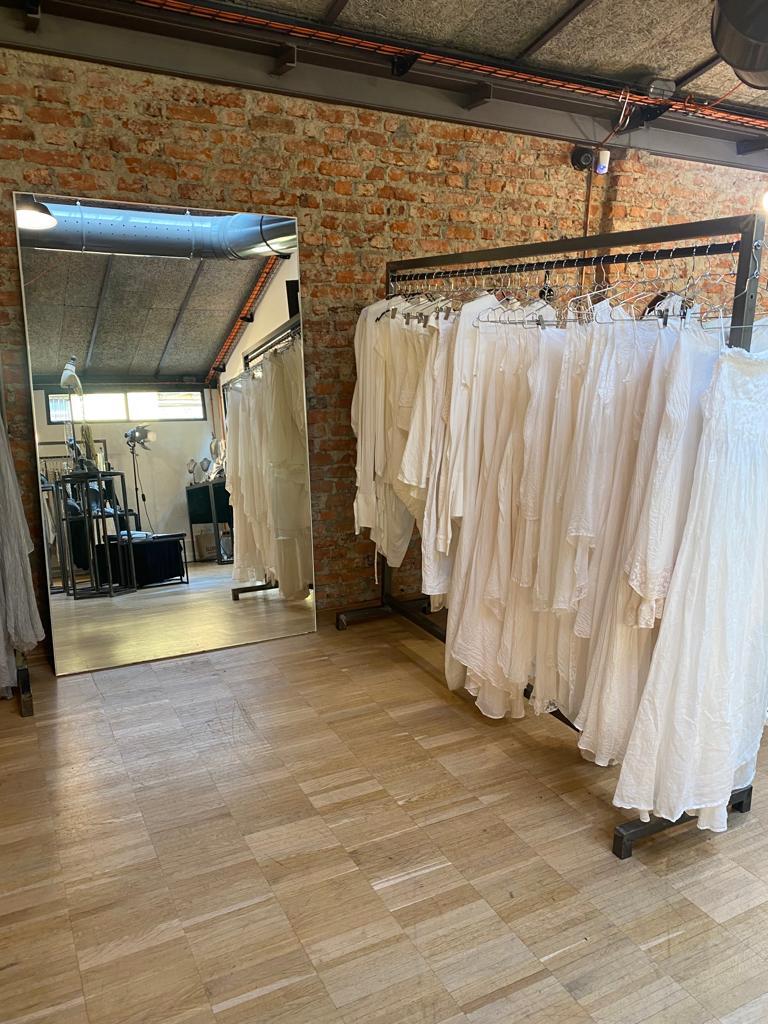Why good design first?
Designers’ responsibility to provide the answer
Good design is everything because that is the starting point for any serious discussion about fashion. And even more when the analysis touches on sustainability.
Indeed, whenever we meet students and interns who want to know more about fashion and sustainability, first, we show them brands that focus on exceptional design. Then we can talk about the rest. And not because we aren’t involved in sustainability!
Good design first
So, why design first? Because it’s the core element where you find answers as it reflects a creative vision which gives sense to a product.
Designers who have something to say translate their ideas into their products by creating beautiful pieces that are meaningful and timeless. They carefully select materials, choose to recycle fabrics or use particular hand-dyed processes and artisanal workings. They value their employees because an ethical approach is part of their philosophy.
So their garments are rich. Indeed, you can see there’s a lot of substance in them.

If brands lack design, there’s no point in developing whole collections. Therefore, sustainability matters are solved quickly: we don’t need them.
When designers have nothing to say, you will see archives looted, stolen ideas and tons of marketing labels and catchphrases. Sometimes you may even see nice garments but without a soul. Perhaps these products are easier to sell, but they have no value. So, from a sustainable viewpoint, no reason to exist.
Indeed good design is the core principle, the reason to exist, and the deep meaning of a fashion brand. Furthermore, in a phase of transition and profound change like the time we are living, designers have the moral responsibility to make meaningful products. And so, quality made to last, no overproduction, and no push to overconsume, decent wages.
The designers’ task is to trace new pathways by respecting people and the planet. Sustainability embeds in their pattern. And their designs must provide answers for an evolved lifestyle #formodernhumans
Why good design first? Read More »